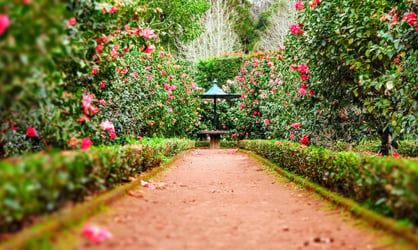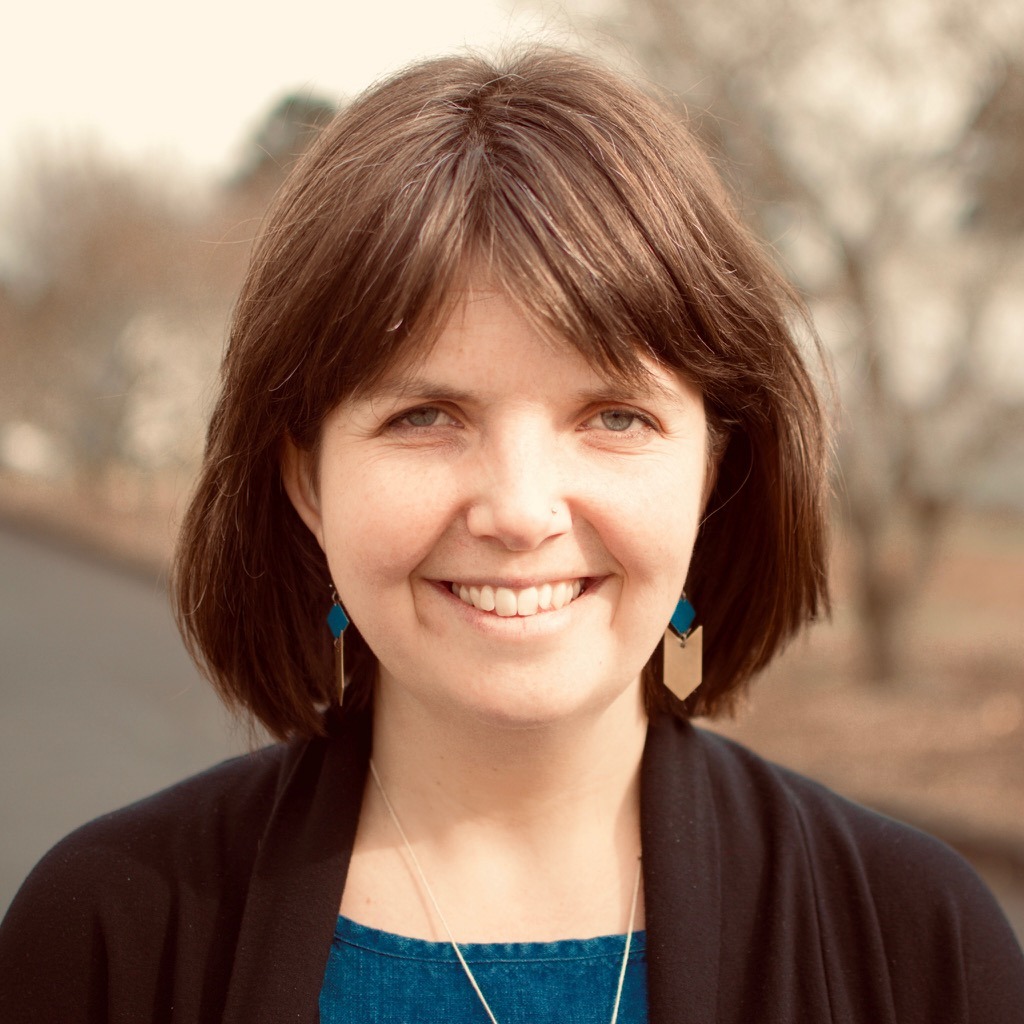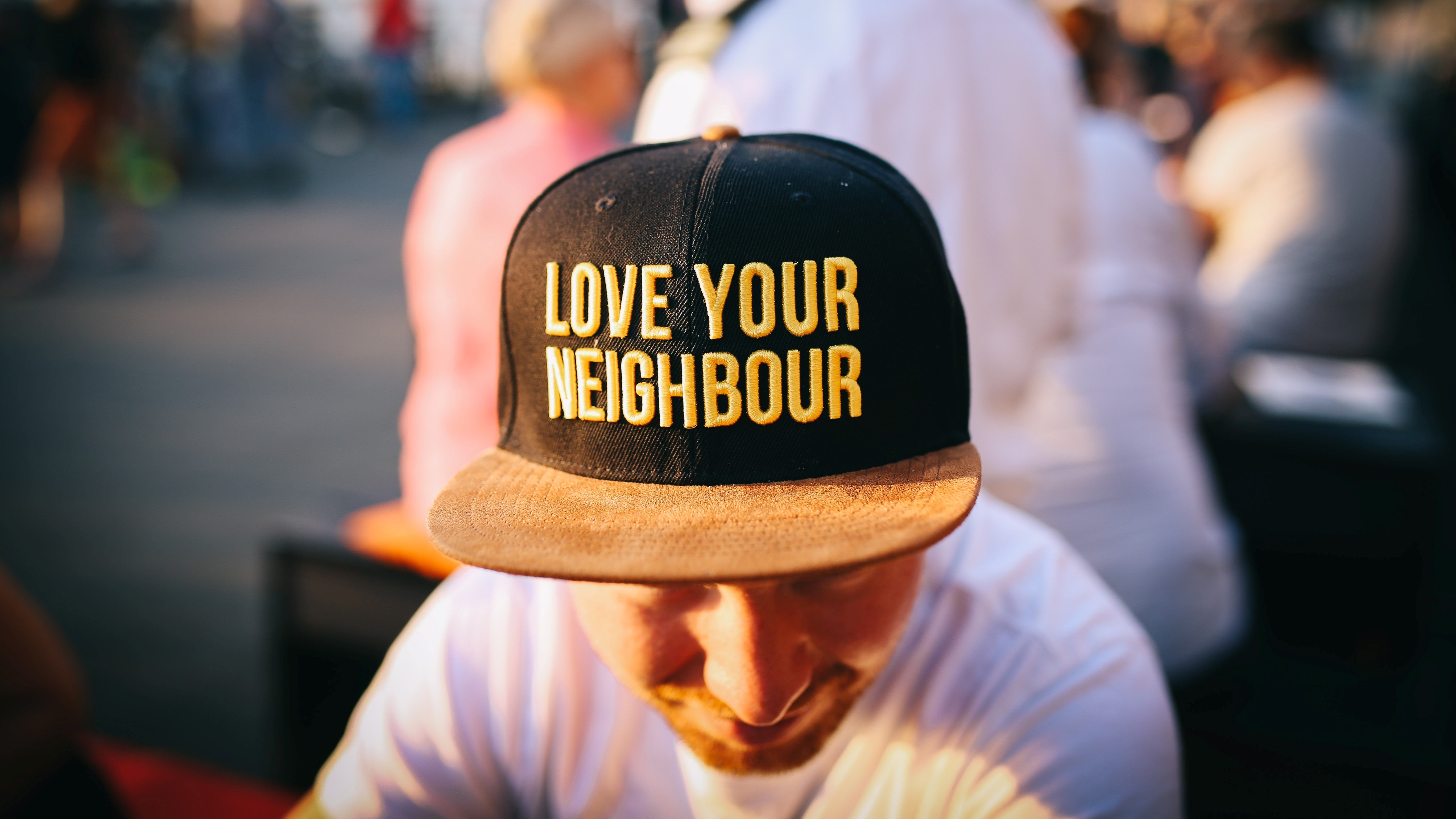The pandemic is challenging not only our physical, mental, and economic health but also our social health. Lockdowns have shifted our daily routines and impacted our access to public places. Outdoor gathering spaces like parks and farmers markets are being redesigned to meet new public health guidelines. Indoor gathering spaces like libraries, community centres, and places of worship have closed to help prevent transmission of the virus. And despite our best intentions, Zoom conversations and social media platforms remain poor substitutes for in-person interactions. After months of social distancing, we are realizing how important public spaces are in fostering the social connections that are so vital to our collective wellbeing.
Sociologist Ray Oldenburg called these public spaces “third places” to highlight the ways they are distinct from the home (a first place) and the workplace (a second place). In his book The Great Good Place, Oldenburg highlights how third places are important for fostering civic engagement and a sense of place. Robert Putnam also highlighted the importance of third places in his book Bowling Alone: America's Declining Social Capital. These places anchor our community life and provide a forum for social connection, cultural expression, and community well-being.
As we mourn the loss of these places in our daily lives, we are also beginning to look at them with new eyes. Libraries that were shut down are now being converted into food distribution sites. Community centres that were closed are now being turned into temporary shelters for the homeless. The pandemic is showing us the importance of being creative and nimble in how we use spaces that were initially designed for a different purpose.
The process of reimagining and repurposing public spaces is what the art of placemaking is all about. Placemaking is:
- A community-driven process that works to strengthen the connection between community members and the places where they gather.
- A bottom-up approach that builds on local community assets and shifts residents from being passive visitors in a space to active co-creators of a place.
- A practice that uses the art of observation, listening and asking questions to better understand the needs and aspirations of community, while also highlighting the physical, cultural, and social identities that define a place.
Placemaking practitioners around the world are highlighting how public spaces can provide the foundation for recovery. Placemaking has the potential to unify and bring people together as we emerge from this pandemic. By shifting the way public places are governed to a more community-driven and bottom-up approach, we can create community hubs that foster the social connections and resilience we all need.
Which public spaces in your community give you a sense of well-being and social connection? How has your perspective of these places shifted since the pandemic? As cities seek to identify pathways for social recovery, how might our governance of public spaces help us rebuild our social fabric?
Feel free to share your thoughts and observations around placemaking and the role of public spaces in the comments section below.
Take your learning further:
- Watch this Webinar From ‘For’ People to ‘With’ People; Creating Equitable and Resilient Places
- Watch this webinar recording on placemaking: Communities of Belonging
- Read the Eleven Principles for Creating Great Community Places by the Project for Public Spaces





